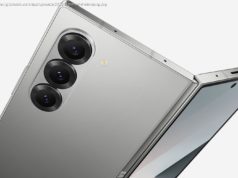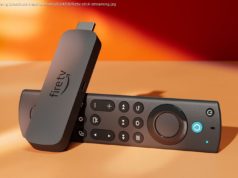Your own personal cloud—drives included
Designed for use as a private cloud server, the Buffalo LinkStation 720 (LS720D, $349.99 for the 4TB base configuration we tested) is a two-bay network attached storage (NAS) device that comes with drives preinstalled and offers multi-gig networking. It’s very easy to install and configure, and it performed well in testing. But it’s not as fast as our Editors’ Choice winner, the Asustor Drivestor AS1102T, nor does it offer any of the supplemental apps that you get with most other NAS devices. Preinstalled Drives for Easy Setup
The LinkStation 720 uses a black, tool-free enclosure that measures 5.0 by 3.4 by 8.1 inches (HWD). Behind a removable panel on the front are two hot-swappable drive bays. In the configuration reviewed here, they’re each populated with 2TB drives, for a total of 4TB. Buffalo also sells an 8TB configuration for $449.99 and a 16TB version for $539.99. Many other competing NAS devices require you to purchase and install your own hard drives. To the right of the bays are power and Function LEDs, a Function button, and a USB 3.2 Type-A port. The Function button initiates Direct Copy, which allows you to back up data from USB devices. Around back are a 2.5GbE LAN port, a USB 2.0 port, a USB 3.2 port, an Init/Reset button, a power port, and a power switch. Inside, a single fan keeps all of the internal components cool. Missing is an HDMI port for direct video output, although the Drivestor AS11002T also lacks one. The LinkStation 720 is powered by a hexa-core CPU running at 1.3GHz and 2GB of memory. Our 4TB unit came configured for RAID 1, but you can order any capacity and have it configured for RAID 0, RAID 1, or JBOD. Inside the box are the NAS drive, a LAN cable, a power adapter and power cord, and a Quick Start guide. The LinkStation 720 can be managed from your phone using the Buffalo Smartphone Navigator mobile app for iOS and Android devices. Or, you can manage the device using the more traditional web console. Both are easy to use, but neither offer the third-party apps that you get with other NAS devices such as the QNAP TS-233, the Asustor Drivestor 2 AS1102T, and the Synology DiskStation DS220j.






